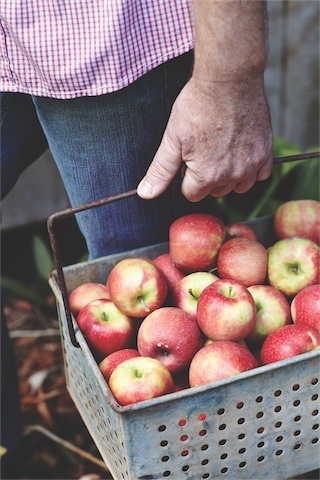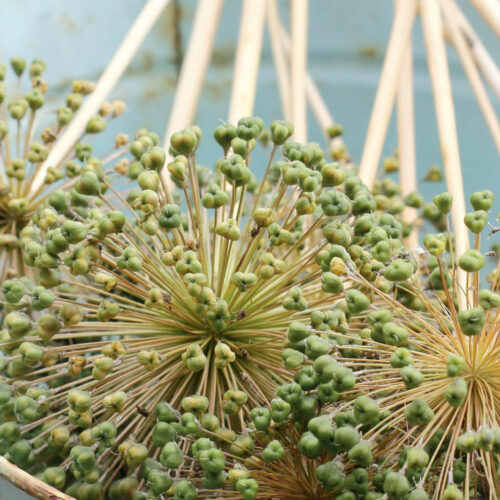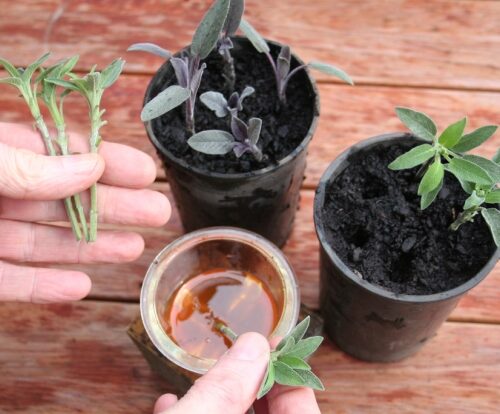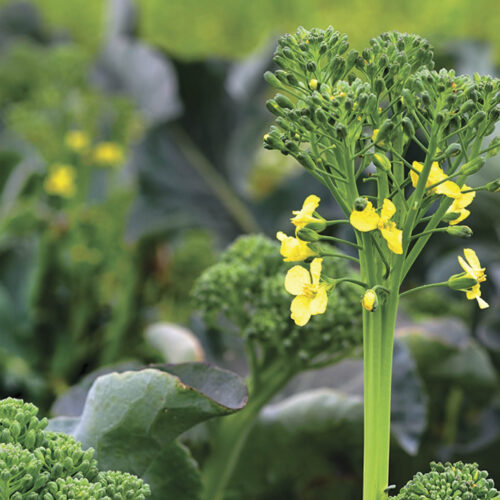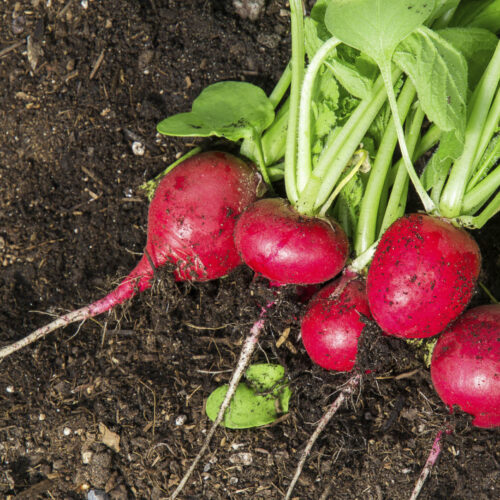She’ll be apples
2014-08-27T03:19:28+10:00
It's early spring and the sap is rising, the perfect time to propagate deciduous fruit trees says JUSTIN RUSSELL.
It sometimes surprises people to learn that almost every apple and pear tree grown around the world has been grafted. It’s easy to assume that most have been grown from pips, but the problem with plants like apples is that they are genetically unpredictable. A pip grown tree may turn out to be the world’s best apple variety. But the odds of this happening are low. Most pip grown trees are mediocre at best.
A case in point is the world famous Pink Lady apple variety. It was bred in 1973 by John Cripps at the WA Department of Agriculture in Manjimup. Cripps crossed a Golden Delicious with a Lady Williams. From the cross he produced around 10,000 seedlings, but only two were considered top quality apples – Cripp’s Pink (trademarked as Pink Lady) and Cripp’s Red (trademarked as Sundowner). The other 9998 or so were second rate.
As a consequence of such genetic diversity, the only way to guarantee that an apple tree will grow true to type (that a Cripps Pink will produce another identical Cripps Pink), isn’t to plant it from seed, but to create a clone via “vegetative propagation”. In other words, by taking a cutting from a mother plant, and propagating it.
You could cut off a section of root and plant it. Root cuttings work okay. You could cut off a section of branch, and strike it in some potting mix.This is also possible, with specialised care. The easiest, most efficient way to propagate apple trees, however, is to graft a branch cutting onto a rootstock tree. It’s so easy and successful, in fact, that almost any backyard grower with an ounce of patience can learn to how to graft.
There are a few things to bear in mind before putting knife to wood. One is the blade you’re going to use to make the cuts. It has to be razor sharp and clean. Two, ensure you graft deciduous trees such as apples and pears when the sap is rising – that is, now. Three, ensure the cambium layers (light green layers just below the bark that contain active growth cells) are perfectly matched. The scionwood (cutting) and rootstock don’t need to be the same diameter. But the cambium of the scion and rootstock have to be in contact for the graft to take. Finally, ensure the wood doesn’t dry out while it fuses together. Use grafting tape to cover the wound.
The simplest graft to master is the whip graft. Make a corresponding, 30 degree cut on the scion and the rootstock. Match the cambium on one side, tape the graft up and you’re in business. A slightly more difficult graft, but one with better strength and viability is the whip and tongue. Make two cuts as for a whip, but make corresponding vertical slices into the angled face of the scion and rootstock, then fuse the two together.
The third graft that is reasonably easy to master is the wedge or cleft. Make a perpendicular cut in the rootstock with secateurs. Then use a knife to slice vertically through the centre of the stock, making a cleft or slot. Cut the scion into a wedge, slide this into the cleft, match the cambium layers on at least one side of the graft, tape it up and in two to four weeks you should end up with a newly propagated tree that’s genetically identical to it’s parent.
There are nuances to grafting of course. I learned by watching others, so the best advice I can give if you find my directions gobbledygook is to search for apple grafting on youtube. My favourite videos are by a UK apple grower named Stephen Hayes. He’s delightfully eccentric, and offers some good insights into the basics.
Happy grafting!

